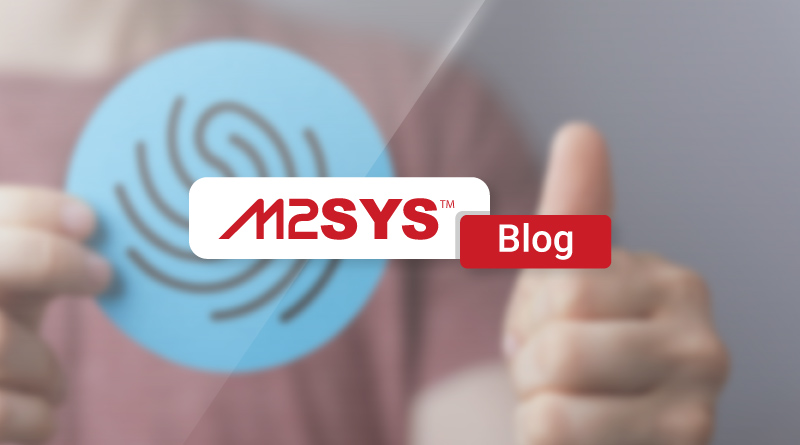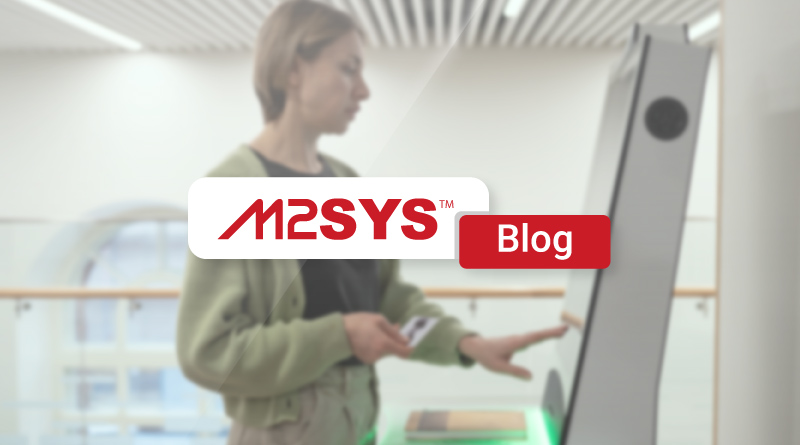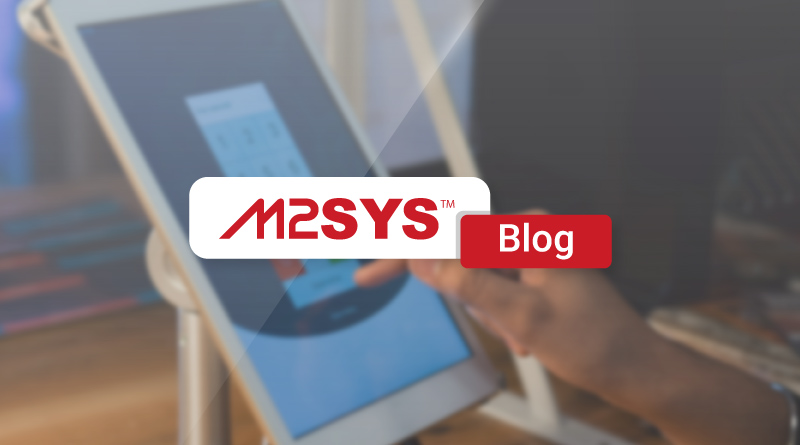Streamline Urban Services with AI-Driven Automation
AI-driven automation is transforming urban services by enhancing efficiency, transparency, and citizen interaction. Cities like Washington D.C. and Boston have seen significant improvements in service delivery and citizen satisfaction. Despite challenges like data privacy, AI offers a promising future for modernizing municipal services.
TL;DR
- AI-driven automation is transforming urban services, reducing inefficiencies and enhancing citizen satisfaction.
- AI can cut administrative costs by up to 30%, optimizing resource use and improving city functionality.
- AI chatbots in Washington D.C. reduced call center inquiries by 50%, freeing up resources for complex tasks.
- Cloud-based AI solutions improve data security and service accessibility, with 65% reporting increased efficiency.
- Boston's AI integration led to a 40% reduction in permit processing time and a 30% increase in citizen satisfaction.
- M2SYS Government AI Solutions streamline operations, reduce wait times, and enhance citizen engagement.
- Addressing data privacy and security is crucial, with 72% of citizens concerned about these issues.
Embrace AI to modernize urban services and meet growing demands. Contact M2SYS to explore tailored AI solutions for your city.
Have you ever considered how cities manage to keep up with the increasing demand for improved services? As urban areas continue to grow, the necessity for efficient and citizen-focused services becomes more pressing. Today, we explore how AI-driven automation is revolutionizing urban services, enhancing speed and transparency for everyone involved.
The Significance of AI Automation in Urban Services
With urban expansion, the challenges of managing services effectively also increase. Traditional methods often result in long wait times and dissatisfied citizens. AI automation in municipal service delivery is changing this by streamlining processes and minimizing inefficiencies. This technology is not just a futuristic idea—it’s becoming essential for modern cities.
For example, a Deloitte report indicates that AI can reduce administrative costs in public services by up to 30%. This isn’t merely about cost savings; it’s about optimizing resource use to enhance city functionality.
Enhancing Citizen Interaction with AI
Imagine having your queries answered instantly or completing forms without errors. AI automation makes this a reality, improving how citizens interact with local governments. Solutions like Boost Urban Efficiency enable cities to engage directly with residents, providing quick responses and simplifying online processes.
Consider Washington D.C., where the implementation of AI chatbots led to a 50% reduction in call center inquiries. This translates to fewer people waiting on hold and more human resources available for complex tasks.
Transition to Digitized Services and Records
Beyond answering questions, AI-driven automation is transforming how cities manage records and services. Cloud-based platforms facilitate secure, seamless transactions, such as paying permit fees or managing property records online. This not only safeguards sensitive information but also makes accessing services easier for citizens and businesses, anytime and anywhere.
A survey by the National League of Cities found that 65% of participants reported improved efficiency and data security after transitioning to cloud-based systems.
Immediate and Long-Term Benefits
For city managers, adopting AI-powered solutions is transformative. It offers immediate benefits like reduced paperwork and faster permit approvals. The long-term advantages are equally significant, including cost savings and enhanced citizen trust.
When Boston integrated AI into their municipal services, they reduced permit processing time by 40% and increased citizen satisfaction by 30% within a year.
Exploring M2SYS Government AI Solutions
M2SYS Government AI Solutions demonstrate the power of Maximize Citizen Engagement for urban services. Their tools are designed to streamline operations, reduce wait times, and boost citizen engagement. By automating routine tasks, cities can allocate resources to more complex issues.
These solutions integrate well with existing city systems, offering flexible web and mobile options. This adaptability ensures that cities can customize the AI system to meet their specific needs and budgets while modernizing service delivery.
Challenges and Considerations
Despite the clear benefits, implementing AI solutions in urban services presents challenges. Concerns about data privacy, security, and ensuring digital service accessibility for all are crucial to address.
A 2025 Pew Research survey revealed that 72% of citizens are concerned about data privacy in government services. It’s essential for cities to implement robust security measures and transparent data policies to build trust.
Conclusion: The Future of Urban Services with AI
AI-driven automation is leading the way for more efficient, transparent, and citizen-focused government operations. For cities operating within budget constraints, AI solutions like those from M2SYS offer a critical opportunity to modernize. By embracing AI, cities can effectively meet the growing demands of urban life, securing a brighter future for their residents.
Looking ahead, the role of AI for Public Service is likely to expand, offering even more opportunities for innovation. Cities that adopt these technologies now will be better prepared to tackle future challenges, ensuring services are not only efficient but also fair and inclusive.
How-To Guide: Implementing AI Solutions in Urban Services
- Assess Your City’s Needs: Perform a thorough assessment of the current urban service challenges and identify areas where AI can provide the most impact. Focus on services that experience high demand or suffer from inefficiencies.
- Select the Right AI Solution: Research and choose AI solutions that align with your city's objectives. Consider tools from trusted providers such as M2SYS. Their blog on AI for Public Service can provide valuable insights.
- Plan for Integration: Develop a strategic plan to integrate AI technologies with existing city systems. Ensure compatibility and prepare for potential technical challenges during the integration process.
- Implement Security Measures: Address data privacy and security concerns by implementing robust cybersecurity measures. Establish transparent data policies to gain citizen trust and comply with regulatory standards.
- Train Staff and Educate Citizens: Provide training for government employees to make the most out of new AI tools. Educate citizens about AI-driven services, showcasing how they enhance convenience and efficiency.
- Monitor and Optimize: Continuously monitor the effectiveness of AI implementations and seek feedback from citizens to identify areas of further improvement. Adjust strategies as needed to maximize benefits.
For detailed assistance, you can refer to resources like the Boost Urban Efficiency article, which outlines strategies for effective AI deployment in urban services.
FAQ on AI-Driven Automation in Urban Services
- What is AI-driven automation in urban services?
AI-driven automation involves using artificial intelligence to streamline and improve the efficiency of urban services such as permit processing, data management, and citizen interactions. This technology helps reduce administrative costs, enhance transparency, and improve service delivery. - How can AI improve citizen interaction with local governments?
AI enhances citizen interaction by providing instant responses to queries, reducing errors in form submissions, and offering personalized assistance. Tools like Boost Urban Efficiency facilitate these improvements, ensuring quicker and more efficient communication between citizens and municipal bodies. - What are the immediate benefits of AI in urban services?
Immediate benefits include faster processing times for permits, reduced paperwork, and enhanced citizen satisfaction. For example, cities like Boston have seen a reduction in permit processing time by 40% after implementing AI solutions. - What are the challenges of implementing AI in urban services?
Challenges include concerns about data privacy, security, and ensuring digital service accessibility for all citizens. It's imperative for cities to adopt robust security measures and transparent data management policies to build trust among their residents. - How do M2SYS Government AI Solutions support urban service management?
M2SYS Solutions provide a comprehensive suite of tools designed to automate interactions, streamline processes, and improve citizen engagement. You can explore more about their solutions in the article Maximize Citizen Engagement.









